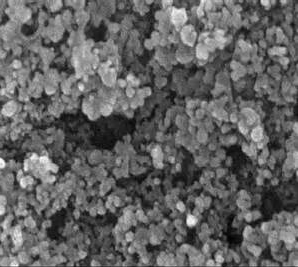
This article introduces the combination products of graphene and nano diamond, which can thoroughly solve the problem of friction of mechanical system to achieve the super lubricity of zero friction.

Recently, the U.S. Department of Energy (DOE) Argonne National Laboratory has developed combination products of graphene and nano diamond, which can thoroughly solve the problem of friction of mechanical system to achieve the super lubricity of zero friction.
From the point of atomic scale, friction is caused by the fixed atoms together, which can't move between each other. To overcome this effect, Argonne National Laboratory makes full use of three key ingredients: nano diamond particles, diamond-like carbon surface and the graphene films.
Researchers found that graphene sheet and nano diamond particles would react when they touched each other on the surface of diamond-like carbon surface, and the graphene rotation around the diamond grains would form tiny ball bearing structure, which is called nano shaft. These nano shaft can change the direction by themselves during the sliding process, so as to avoid the consolidation of two surface.
Although the super lubricity combination by scientific research team has potential prospects, it is also founded that the combination of the diamond and graphene can show surplus lubricity only in a dry environment, and it is not the super lubricity in the humid environment . By using automatic calculation procedure, researchers has found that the existence of water prevents the formation of nano shaft, causing greater friction.
Sanket Deshmukh of Institute says: most mechanical systems are expected to achieve zero friction, but it has been a very difficult problem. Our research provides key technologies and discoveries in realizing super lubricity for the engine, turbine, computer hard drives, and microelectronic mechanical system.
The study was published in the journal Science Express.